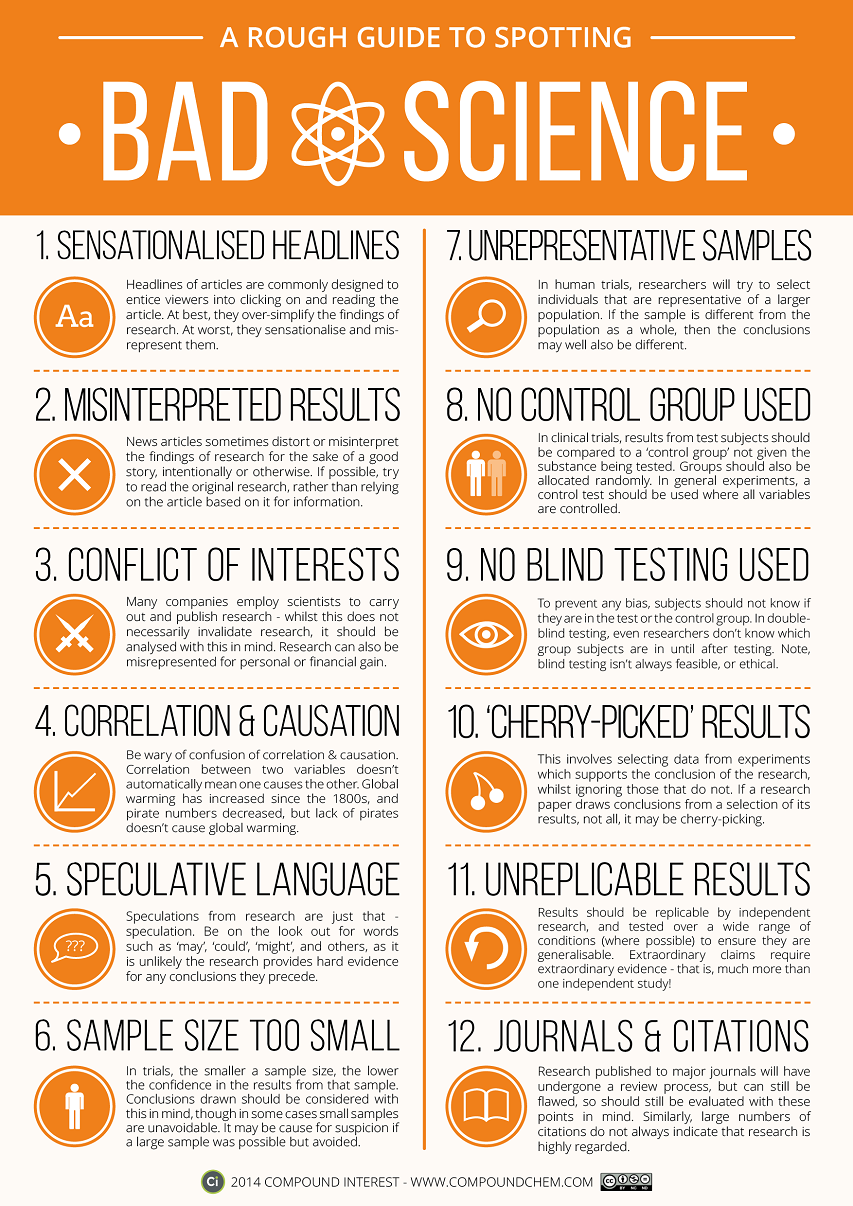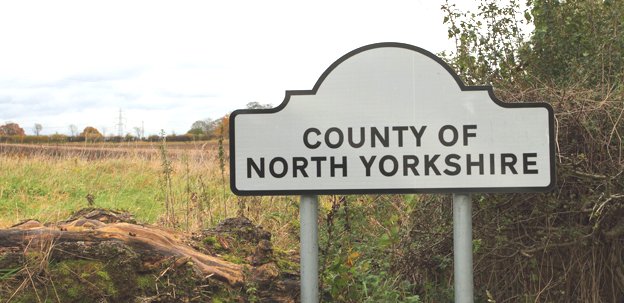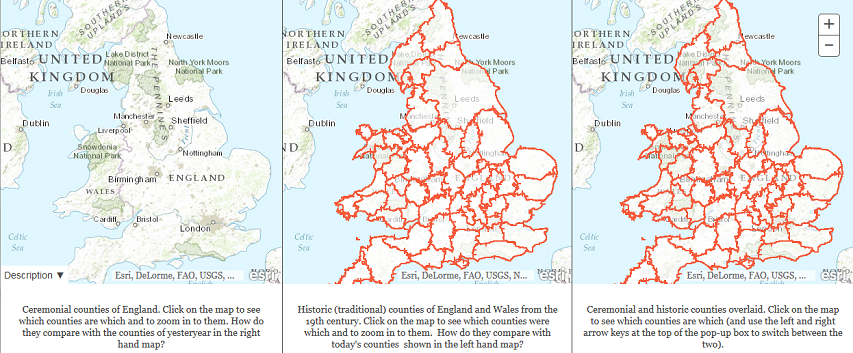![]() My weekly Guild Wars 2 community round-up at GuildMag is now online. All zones have now been transitioned to the Megaserver, and players are still chewing over the various elements of last week’s Feature Pack. In addition, there’s the usual assortment of blog posts, videos, podcasts, and fan fiction from around the GW2 community.
My weekly Guild Wars 2 community round-up at GuildMag is now online. All zones have now been transitioned to the Megaserver, and players are still chewing over the various elements of last week’s Feature Pack. In addition, there’s the usual assortment of blog posts, videos, podcasts, and fan fiction from around the GW2 community.
April 25, 2014
This week in Guild Wars 2
Is it science or “science”? A cheat sheet
At Lifehacker, Alan Henry links to this useful infographic:
Science is amazing, but science reporting can be confusing at times and misleading at worst. The folks at Compound Interest put together this reference graphic that will help you pick out good articles from bad ones, and help you qualify the impact of the study you’re reading
One of the best and worst things about having a scientific background is being able to see when a science story is poorly reported, or a preliminary study published as if it were otherwise. One of the worst things about writing about science worrying you’ll fall into the same trap. It’s a constant struggle, because there are interesting takeaways even from preliminary studies and small sample sizes, but it’s important to qualify them as such so you don’t misrepresent the research. With this guide, you’ll be able to see when a study’s results are interesting food for thought that’s still developing, versus a relatively solid position that has consensus behind it.
England’s mixed-up, renamed, lost, and forgotten counties
I was born in Yorkshire. If anyone ever asked, that’s what I’d say. But there’s Yorkshire and then there’s “Yorkshire”. At some point shortly after my family emigrated to Canada, they moved my hometown out of Yorkshire and into a new county-like entity. Then they moved the boundaries again. And again. And again. I’ve long since lost track of which county Middlesbrough is officially located in … I think it was now part of Durham (which is nice, because I currently live in a different county-like entity also called Durham). As this BBC News Magazine post illustrates, the counties of England are very confusing and in some cases bear almost no relationship to the historical counties most of us still think of as being “the real counties”:
Middlesex dates back to the 8th Century but Middlesex County Council was abolished in 1965. Middlesex County Cricket Club and Middlesex University live on. So too does the historic county of Middlesex even though most of its inhabitants now live in the ceremonial county of Greater London.
Still following?
England’s counties are the source of much regional pride, not least on cricket pavilions. To identify as a Yorkshirewoman or a Devonian or a Northumbrian is to invite certain expectations about the forthrightness of one’s views or one’s tolerance for cider and clog-dancing.
But successive waves of local government reform have left many people deeply unclear as to which county they live in – the answer to which depends on exactly what you mean by the word “county”.
Now, in an effort to support the “tapestry” of ancient place names, the government has changed its rules allowing councils to put up boundary signs marking traditional English counties – including the likes of Cumberland and Huntingdonshire, names which no longer have any connection to local authorities.
If you’re attempting to keep score at home, here are the different kinds of “county” you need to track for historical purposes:
First there are the historic counties, which date as far back as the mid-Saxon period. Some, like Westmorland, no longer exist in an administrative sense. But especially in places like Yorkshire, Durham and Cornwall, they are important expressions of geographic and cultural identity.
Then there are administrative counties and unitary authority areas created by the 1972 Local Government Act. These include non-metropolitan county councils like Oxfordshire and Surrey (where some services are also provided by districts). Others, like Northumberland, are single-tier unitary councils. Some areas like Berkshire have no county council and the districts are the sole local authorities.
And finally there are the ceremonial counties, established by the 1997 Lieutenancies Act, each of which has a Lord Lieutenant. Bedfordshire and Cheshire, for instance, do not exist as councils but do as ceremonial counties. In metropolitan counties like Merseyside, Tyne and Wear and Greater Manchester, county councils were scrapped in the 1980s, but some services including transport and the police are run jointly by groups of councillors within the old boundaries.
If you’ve followed that, well done. Catherine Staite, director of the Institute of Local Government at Birmingham University, says there was no consistency to the way these overlapping boundaries were drawn. “We’ve ended up with a patchwork of arrangements for which there is no logic.”
There is a new website to attempt to resolve the confusion, but I’m not sure it will do much:
Four easy steps from “microaggression” to “rape culture”
Ace distills the current mental process inculcated by many university gender studies programs:
One of the most important ideas in Post-Feminist philosophy […] is the concept of “rape culture.”
“Rape culture” is crucial because it is the means by which the trivial is transmogrified into the profound. The fact that a man might commit a “microaggression” against a woman by opening the door for her is, in a series of logical steps, rapidly connected to something serious — rape — and thus invested with seriousness itself.
Even though it is by no means serious itself.
But the quick silly skipping “logical” steps go like this:
1. A man commits a “microaggression” against a woman by holding a door open for her, “Otherizing” her and suggesting she is infantile and unable to accomplish small tasks on her own.
2. This is a microaggressive power play which reifies the assumptions of the Patriarchy, about woman’s role in society as essentially that of Object or Ornament even Trade Good.
3. This dehumanization of women — the conscious microaggressive stripping of dignity, agency, and autonomy from women — makes it more easy for a member of the Patriarchy to treat them as inhuman things.
4. This increases the likelihood of rape and in fact reinforces a “rape culture.”
That’s the reasoning, such as it is, and this reasoning is assumed (rarely spelled out for the listener) whenever a Post-Feminist attempts to invest some absolutely trivial, bubble-headed cultural complaint (such as Tina Fey’s character on 30 Rock not being a real feminist) with some imaginary weightiness.
No one can argue that rape isn’t a crime of great weight, and so whenever a Post-Feminist senses she’s saying something so absurd and trivial it may make her look absurd and trivial, she knows to go through the “Rape Culture” Algorithm to insist that what she’s saying isn’t absurd and trivial at all, but Very, Very Important.
But of course I can play the same game with any subject and connect it to rape, murder, or Hitler, as you like.







